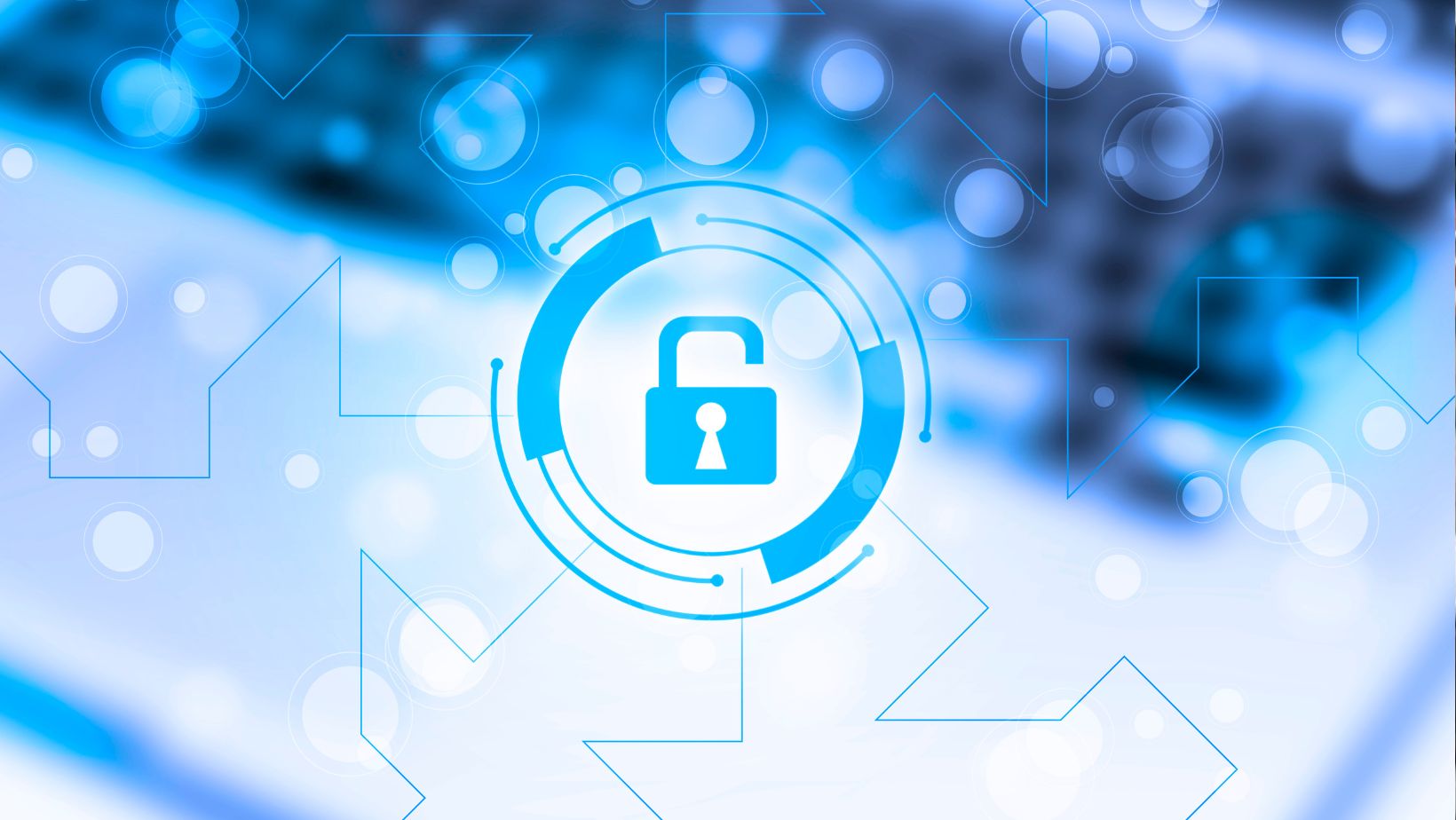The cybersecurity landscape is expanding rapidly, creating a growing demand for skilled professionals capable of defending digital assets against an ever-increasing array of threats. For individuals looking to break into this dynamic field, the cybersecurity essentials certification offers a practical, accessible foundation. This certification is designed to equip beginners with the core knowledge and skills needed to understand cybersecurity principles and effectively contribute to organizational security efforts.
In this article, we explore how the cybersecurity essentials certification serves as a crucial stepping stone, providing real-world relevance and actionable insights for those embarking on a cybersecurity career path.
The Importance of a Strong Foundation in Cybersecurity
As cyberattacks become more frequent and sophisticated, organizations need a workforce well-versed in fundamental cybersecurity concepts. However, entering the cybersecurity profession without a clear understanding of its basics can be daunting. This is where the cybersecurity essentials certification plays a pivotal role.
It introduces learners to key topics such as threat types, risk management, security policies, and basic defensive measures. These essentials form the bedrock upon which advanced cybersecurity skills are built. Without a strong foundation, professionals may struggle to grasp more complex concepts or effectively respond to incidents.
What the Cybersecurity Essentials Certification Covers
Unlike specialized certifications targeted at experienced professionals, the cybersecurity essentials certification focuses on core competencies that apply across roles and industries. Candidates learn about network security fundamentals, common vulnerabilities, cryptographic principles, and the importance of user awareness.
Importantly, the curriculum also addresses the human aspect of cybersecurity—how social engineering attacks exploit human behavior and the critical role of employee training. This balanced approach ensures learners appreciate both technical defenses and organizational culture as integral to security.
Building Practical Skills Through Cybersecurity Essentials Certification
A key advantage of the cybersecurity essentials certification is its emphasis on practical understanding. Many programs incorporate hands-on labs, simulations, or interactive scenarios where learners apply concepts to real-world situations.
For example, students might analyze a simulated phishing email to identify red flags or configure basic firewall settings to control network traffic. This experiential learning bridges the gap between theory and practice, enhancing retention and confidence.
Moreover, practical skills learned through the certification enable individuals to contribute immediately to organizational security, even in entry-level roles such as security analysts, help desk technicians, or compliance assistants.
Addressing the Needs of Diverse Learners
The cybersecurity essentials certification is intentionally designed to be accessible to a broad audience, including recent graduates, career changers, and IT professionals seeking to transition into security roles.
Because it does not assume extensive prior knowledge, the certification offers a welcoming entry point while still providing rigorous content. This inclusivity helps widen the cybersecurity talent pool, which is critical given the global shortage of skilled professionals.
Training providers often offer flexible learning formats—including self-paced online courses and instructor-led sessions—to accommodate different learning styles and schedules.
Enhancing Career Prospects and Professional Credibility
For those new to cybersecurity, the certification serves as a credible validation of foundational knowledge. Employers often view it as proof that candidates possess a baseline understanding of security concepts and best practices.
Holding the cybersecurity essentials certification can differentiate applicants in competitive job markets, opening doors to internships, apprenticeships, or junior cybersecurity roles. It also demonstrates a commitment to professional development—a valued trait in an ever-changing field.
Furthermore, the certification provides a stepping stone toward more advanced credentials, supporting a clear career progression pathway.
Supporting Organizational Security Goals
Beyond individual benefits, organizations gain from encouraging staff to obtain cybersecurity essentials certification. Employees with foundational training contribute to stronger security postures by recognizing threats, adhering to policies, and supporting incident response efforts.
The certification fosters a culture of security awareness, which is critical given that human error remains a leading cause of breaches. When employees understand cybersecurity basics, they are less likely to fall victim to phishing attacks or unsafe practices.
Additionally, certified personnel help organizations meet regulatory requirements that mandate ongoing security training.

Staying Current in a Rapidly Evolving Field
Cybersecurity is characterized by constant change, with new threats, technologies, and regulations emerging regularly. The cybersecurity essentials certification encourages a mindset of continuous learning.
Many certification programs require periodic renewal or offer updated content reflecting current trends such as cloud security, Internet of Things (IoT) risks, and privacy legislation. This ongoing education ensures that certified professionals remain relevant and effective as security landscapes shift.
Developing this adaptability early in one’s career lays the groundwork for long-term success.
Real-World Application of Cybersecurity Essentials Certification
Consider an organization facing a surge in phishing attempts targeting employees. Having staff who completed a cybersecurity essentials certification can be a critical defense line. Trained employees recognize suspicious emails, report incidents promptly, and reduce the risk of compromise.
Similarly, IT support personnel with this certification better understand security protocols, enabling them to enforce password policies and assist users in secure practices.
These real-world applications demonstrate how the certification delivers immediate, practical value to organizations by empowering personnel at all levels.
Next Steps After Obtaining the Certification
The cybersecurity essentials certification is not an endpoint but a foundation. After mastering the essentials, professionals can pursue specialized certifications in areas such as incident response, penetration testing, or cloud security.
Engaging in internships, cybersecurity competitions, and community forums further builds experience and networks. Continuing education and practical exposure combine to prepare individuals for more advanced responsibilities.
Organizations that invest in their workforce’s foundational knowledge often see accelerated career growth and stronger internal security capabilities.
Conclusion: Starting Strong with Cybersecurity Essentials Certification
For anyone aspiring to enter the cybersecurity field, the cybersecurity essentials certification offers a well-rounded, practical introduction to the core concepts and skills needed to succeed. It balances technical knowledge with awareness of human factors, preparing learners to address modern security challenges effectively.
By validating foundational expertise, the certification boosts employability, supports organizational security, and encourages lifelong learning. In a field where threats constantly evolve, starting with a solid foundation through this certification is a smart and strategic move toward a rewarding cybersecurity career.

